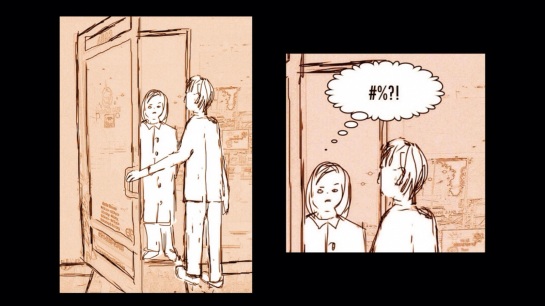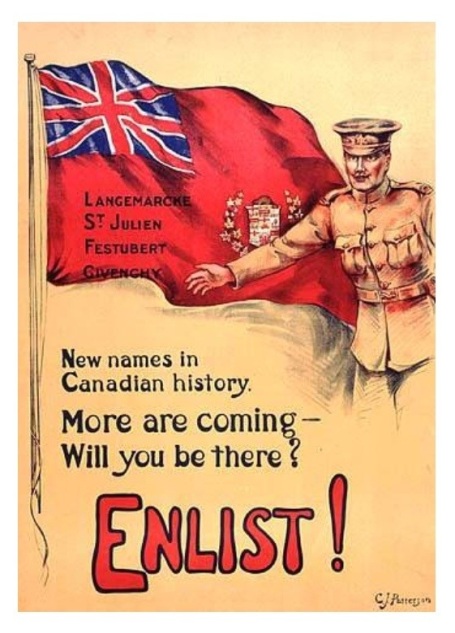
I’ve got a couple of free hours this morning, and am using the free time to tie up loose ends from my last blog post, posted over two months ago–and to account for my long absence. I haven’t not posted something in this blog this long before, not even when my mother was in hospital for a few months last winter, initially gravely ill, and family matters took precedence over everything else. This time, it was working on the federal election, mainly, that prevented me from writing: I worked as a paid political surveyor for the three months leading up to the election. Contractual constraints prevented me from publicly discussing the work I was then doing–although I did sneak in one related, non-partisan, Tweet:
This really happened. I was tired (this tweet was sent at the improbable time of 6:11 AM because my workday began at the improbable time of 7 AM, and the hours were long) and heading home directly from work when the incident occurred, and the odd perception lasted for only a moment; but it made me think that, with sufficient repetition, it would be quite easy to alter the conceptual categories we usually use for sorting people–for better or for worse.
Besides my employment contract preventing me from writing about the work I was then doing, the long hours prevented me from writing virtually anything at all. Then, too, family matters following from my mother’s medical scare continued to take up considerable time. It’s probably a good thing that all this family friction has come out into the open when my mother is still very much alive –although here, too, although for very different reasons, I’m not at liberty to publicly discuss the details.
Now, back to the incident at the Nanaimo Bus Loop …. As I recounted back in August, I was levelled as I was exiting a small, portable, convenience store located at the Loop by an athletic young woman who was running to catch her bus, whose view of me was entirely blocked by her angle of approach in relation to the design and placement of the store. Although I initially thought I could have a broken or cracked pelvic bone, x-rays proved otherwise, and, although for a couple of weeks, my mobility was limited by severe pain from the soft tissue injuries I had incurred, I made a full recovery within a month.
Although my injury proved not to be very serious, I contacted TransLink, initially via email, at this stage with no thought of financial compensation, to help TransLink avert further incidents of this nature–or worse, related, incidents. For example, if I’d been elderly and physically frail, and was hit as hard as I was hit, I would surely have had at least a broken bone or two. A very young child could easily have been killed. Perhaps because they feared I had a hidden pecuniary agenda (I can’t think of any other reason for their behaviour), TransLink then refused to accept any culpability–even though it is stated in the guidelines for private vendors at TransLink locations, on the TransLink website, that TransLink is responsible for approving the design of, and supervising the installation of, stores and kiosks at TransLink locations.
I did take this to the next level, speaking in person for over an hour with a claims adjustor working on behalf of TransLink. (TransLink uses an external company for this kind of thing.) At this stage, I did ask for some financial compensation (just a couple of thousand dollars) mainly because I thought TransLink deserved some sort of punishment for the way I had been treated when I earlier tried to make my case via email–and because I had indeed lost a few days of work, and pay, because of the incident. Again, this time via a formal letter that I received a couple of weeks after meeting with the claims adjustor, my case was dismissed. Moreover, when I was last at the Nanaimo Bus Loop, just last week, I observed that no changes had been made in the design and/or placement of the portable convenience store at that location. The design and placement of the store in combination with pedestrian traffic patterns at the Nanaimo Bus Loop continue to present a serious hazard to transit users.
If money were my major concern, I’ve been told I could take this case to small claims court, and very likely receive some compensation. Although the money couldn’t hurt, I’m more concerned about TransLink taking responsibility where it is due, and about TransLink being diligent in trying to ensure that transit users can navigate its system without incurring bodily harm. I’m skipping small claims court; however, there are no contractual constraints in my relationship with TransLink, or any other good reasons, that prevent me from further commenting on social media about this incident.
















